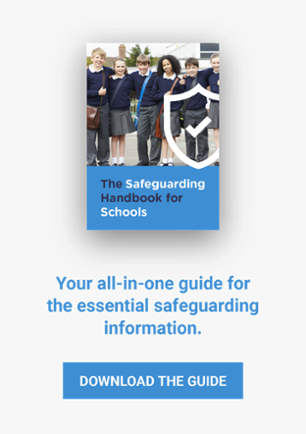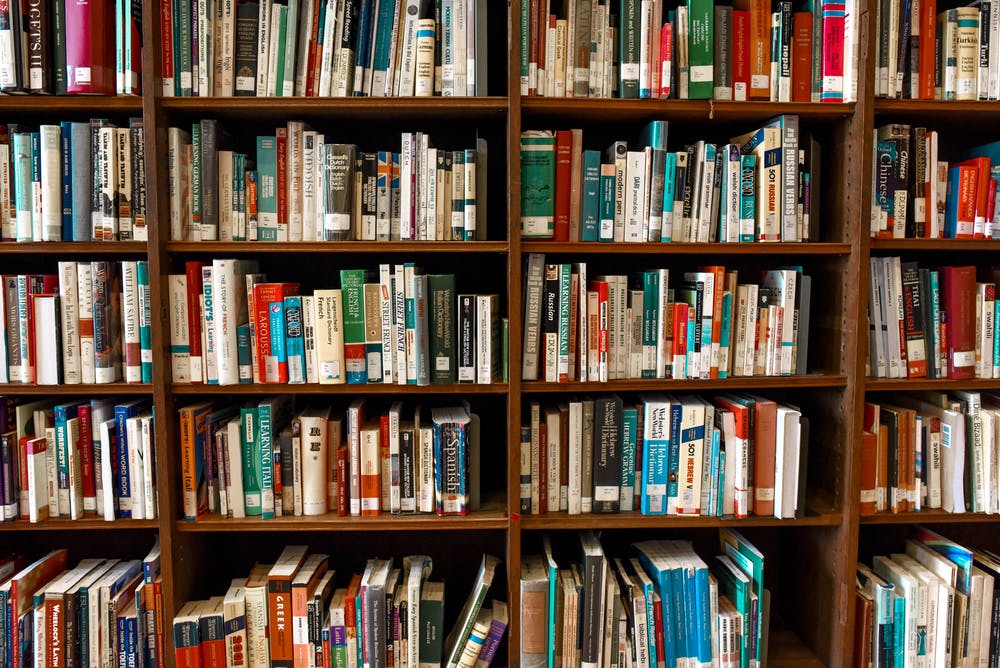All You Need to Know About Safeguarding in Schools
Schools as both organisations and environments play a very significant role in the protection of children and young people. Safeguarding is an important process that all schools must carry out. It will benefit children and young people by ensuring schools are safe places, where a child can feel comfortable to talk about any issues they’re dealing with.
Let’s go over some of the key ideas around safeguarding in schools.
- Safeguarding in Schools: the Method and Context
- The Role of Safeguarding in School Practices
- School Safeguarding Procedures
- Maltreatment Disclosure Best Practices
Safeguarding in Schools: the Method and Context
Safeguarding as an ethos, methodology and practice has been a developing field for many years. In efforts to protect children from any forms of maltreatment, legislation has been put in place and developed upon, with the creation of our modern child protection system in 1973.
Through working with NGOs, government bodies and other partner organisations, local authorities like schools all have specific policies in place to safeguard and promote the welfare of children.
Within the history of government legislation, there have been many policies put in place. For example:
- Section 17 of the Children Act of 1989 requires local authorities to provide services to children in need in their areas.
- Section 47 of the same act requires local authorities to undertake enquiries if they believe a child has suffered significant harm or is likely to suffer significant harm.
- Section 10 of the Children Act of 2004 states that it is the duty of local authorities to promote cooperation between itself and partner organisations in an effort to improve the wellbeing of local children.
Every organisation that comes into contact with children, specifically schools, has a role to play. According to the UK government’s ‘Working Together to Safeguard Children’ document, safeguarding can be defined as such:
- Protecting children from maltreatment.
- Preventing impairment of children's health or development.
- Ensuring that children grow up in circumstances consistent with the provision of safe and effective care.
- Taking action to enable all children to have the best outcomes.
The practice of safeguarding as a whole succeeds when all these features are carried out in tandem with one another. In simple terms, safeguarding is the practice of protecting children, supporting vulnerable parties, care in all environments and taking action to resolve any discovered issues.
Safeguarding is not to be confused with ‘child protection’. While they are similar, there is a key distinction. Safeguarding as a term and practice is what is done for all children, whereas child protection is what is done for children at risk of significant harm. Think of child protection as a specific arm of safeguarding.
The Role of Safeguarding in School Practices
Schools play a crucial role in safeguarding children. As they're in almost constant contact with children and young people throughout the majority of the year, they're in the best position to identify any signs of maltreatment, abuse and neglect.
Children are often unlikely to talk to adults or reveal any notice of abuse, which can be for many different reasons. They can also feel unlikely to be believed even if they do speak out. Schools and associated bodies need to position themselves as reliable safe spaces where communication and respect are seen as core practices.
As the modern safeguarding policies are child-centric, practitioners can use the wants and needs of children to guide their own practices:
- Vigilance: to have adults notice when things are troubling them.
- Understanding and action: to explore what is happening; to be heard and understood; and to have it acted upon.
- Stability: to be able to develop an ongoing stable relationship of trust with those helping them.
- Respect: to be treated with the expectation that they are competent rather than not.
- Information and engagement: to be informed about and involved in procedures, decisions, concerns and plans.
- Explanation: to be informed of the outcome of assessments and decisions and reasons when their views have not met with a positive response.
- Support: to be provided with support in their own right as well as a member of their family.
- Advocacy: to be provided with advocacy to assist them in putting forward their views.
- Protection: to be protected against all forms of abuse and discrimination and the right to special protection and help if a refugee.
Taken from section 13 of Working Together to Safeguard Children.
There are three key elements to any effective safeguarding process:
- Defining a universally-applicable safeguarding ethos.
- The creation of a policy which includes clear goals, expectations and processes.
- The distribution of high-quality training for staff, helping them to discover any signs of maltreatment and reacting accordingly.
Following these guidelines will enable a school to employ the correct research and policy change when safeguarding their environment.
School Safeguarding Procedures
Schools have a duty to create safe environments for children and young people by employing the three key elements listed above in the form of robust practices. All hired staff must be adequately trained, with knowledge on how to respond to concerns.
They must also have the dedication to remain up-to-date with the most current policies. Furthermore, a school should make a considered effort in the following areas:
- Ensure that all adults who work for or interact with the school, including volunteers, do not pose any risk to children.
- Ensure that children and young people are taught how to stay safe.
- Maintain a comfortable, open and safe environment where children feel confident to approach staff members should they encounter any issues.
When it comes to safeguarding within an education environment, all members of staff have a duty to voice their concerns if they believe acts of neglect, maltreatment or abuse are being directed towards a child.
Teachers, headteachers and governors have a variety of safeguarding responsibilities to uphold. These range from noticing issues of self-harm, radicalisation, bullying, sexual exploitation, or serious violence, to enacting policies of direct training, resource allocation, open communication and information dissemination. These are only a handful of the safeguarding responsibilities that fall on the shoulders of education providers.
Creating a Designated Safeguarding Lead
A positive action a school can take is to assign a Designated Safeguarding Lead (DSL). A DSL is a member of staff who coordinates a school’s safeguarding policies, procedures and arrangements.
The DSL is on-hand to provide support, guidance and other help to members of staff in relation to child welfare and protection matters.
Maltreatment Disclosure Best Practices
These are further steps a school or educational organisation can take when spotting maltreatment and referring any cases to the authorities.
If a child discloses any cases of maltreatment, neglect or abuse, it is the responsibility of the school to refer these cases to the proper authorities. Do not make any attempt to investigate yourself as this may cause damage to evidence or further harm to the child.
Spotting the Signs
This is a difficult area as there are no universal rules or signs to what counts as definite maltreatment. The signs of abuse are important things to look out for. It also needs to be carried out carefully.
Assess the situation before taking action and stay prepared for any direct approach from a potential victim. Handle this stage with care.
Creating a Comfortable Environment
Prepare a setting where a child can feel safe and open up as much as possible. A familiar classroom or office would be best. The child’s comfort and safety at this point is paramount.
During a Disclosure
There are five main techniques to employ during a disclosure:
- Listen: Do this with care and consideration. Avoid expressing any personal views. Do not show any negative emotional reaction.
- Reassure: Let the child know they're doing the right thing.
- Avoid blame: Whatever the circumstances, it's not the child’s fault. Remember to let the child know they are not to blame.
- Believe them: It's often the case that a child won’t speak up for fear of being thought a liar. Through the act of speaking out, a child is trusting a figure of authority. In a disclosure, it's wise to return that trust.
- Record: Remember to record key facts such as dates, times and places. Furthermore, record narrative, persons involved and the terminology used by the child.
Reporting Abuse
If you are not the DSL, tell them immediately. If you do not have a DSL at this point, inform the police if necessary. Use the records you made in the initial disclosure.
At this point, it's crucial to remain in contact with the child and offer them the support they deserve. Remember this needs to be done in a calm manner, where the child’s comfort is paramount. Don’t have the child repeat themselves to a number of different people. Always allow them space if they request it and support when they require it.
For more information on how to safeguard a school, use the Safeguarding in Schools Checklist to ensure all possible practices are being carried out to ensure a safe environment. Also available is our detailed safeguarding handbook which covers all of the above in even more detail.
Download the Inside Government Safeguarding Handbook
For an in-depth look into safeguarding policies and procedures that you can utilise in schools and other educational services, download The Safeguarding Handbook.
The handbook covers several topics such as the key information on safeguarding, legalities, disclosure procedures and further safeguarding information and principles.
Click the link below to download.


.jpeg)

